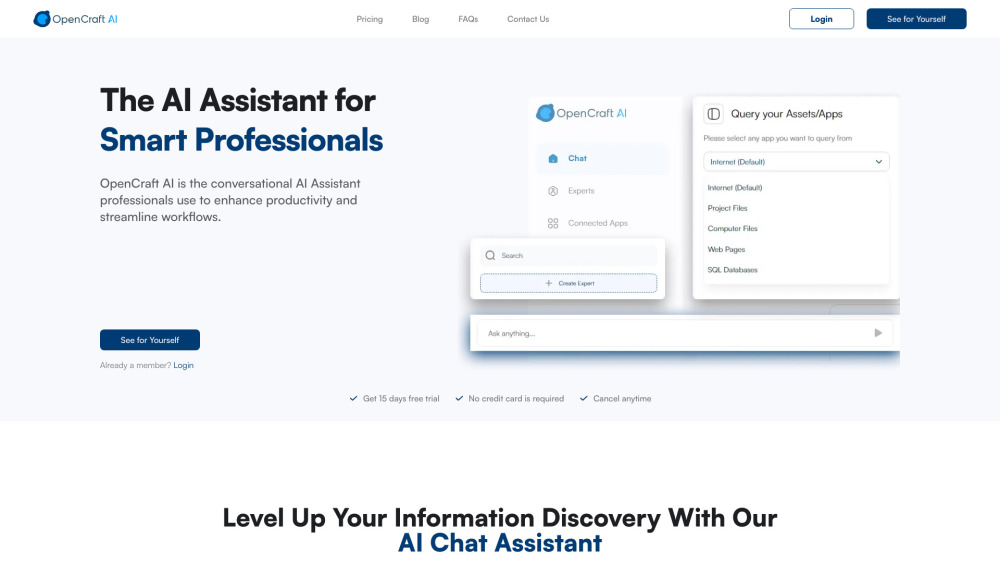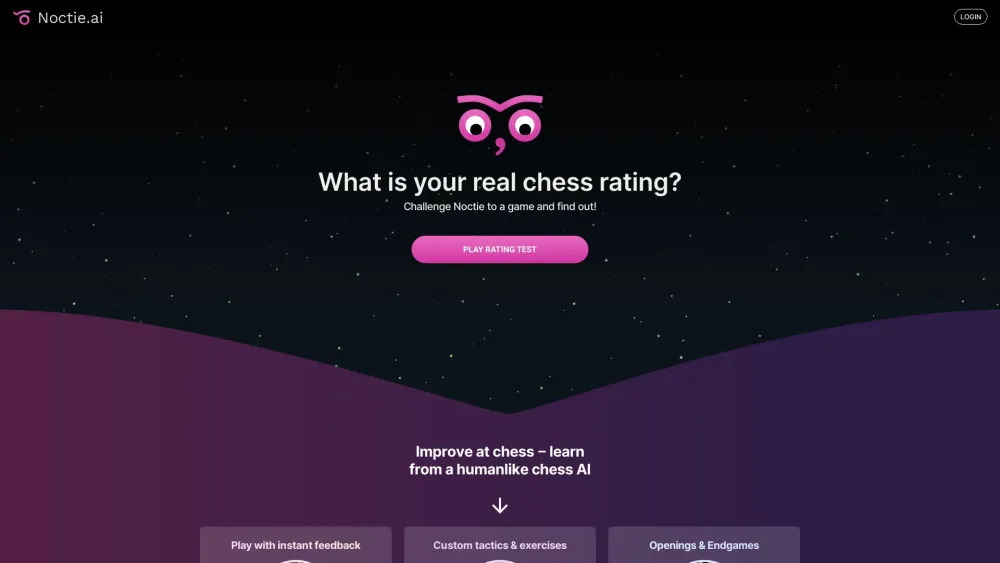It's encouraging to see major companies continuing to invest in fundamental research, particularly in Silicon Valley. Last week, Japanese telecommunications giant NTT announced several research initiatives aimed at enhancing artificial intelligence (AI) and improving energy efficiency in data centers.
During a press conference in San Francisco, Kazu Gomi, CEO of NTT Research, introduced a new large language model (LLM) integration capable of interpreting graphical elements in documents. I had the opportunity to interview Gomi at the event.
Gomi revealed that NTT has embarked on a novel scientific field dubbed “the physics of intelligence,” focusing on sustainable and trustworthy AI. The company is collaborating with Harvard University on brain science and is even working on creating a "digital twin" of the human heart, alongside exploring quantum computing.
Additionally, NTT showcased its innovative all-photonic network that enables distributed data centers, reducing the reliance on central metropolitan data hubs, which are often constrained by high real estate and energy costs.
With over 330,000 employees and $97 billion in annual revenue, NTT invests more than $3.6 billion annually in research and development. The establishment of an R&D division in Silicon Valley five years ago has significantly bolstered its innovation efforts, as discussed at its Upgrade 2024 event.
“Our mission is to elevate what you consider normal,” Gomi stated.
NTT Research operates a major facility in Sunnyvale, California. The company is addressing challenges related to urban data centers—including high costs and land scarcity—by experimenting with data centers in suburban areas interconnected by fiber-optic cables capable of transmitting data at speeds of 100 or 400 gigabits per second.
In the UK, NTT demonstrated that data centers located 100 kilometers apart achieved under one millisecond of network delay with APN connections. Similar findings in the U.S. indicated a significant reduction in delay variation, underscoring NTT's successful implementation of connected data centers.
The Silicon Valley office houses 50 researchers, and in the last five years, NTT Research has published over 450 academic papers, earning seven awards for best paper at conferences. Their accolades span optics, physics, and cryptography, with collaborations involving 15 research partners.
When I asked Gomi about the intersection of science fiction and technology, he mentioned the concept of the bio-digital twin. "This concept emerged as we considered how to apply digital twin technology to the human body, much like we do for machines," he explained.
I probed further about the practical applications of this technology. Gomi clarified, “The bio-digital twin aims to create a precise simulation of, for instance, your heart, especially in medical scenarios. If a patient has just suffered a heart attack, doctors can use this simulation to evaluate treatment options without directly experimenting on the patient.”
He noted that while initially focused on the heart, the model will evolve to include other critical systems for greater accuracy. “Understanding how different organs interact is essential for meaningful simulations,” he added.
Gomi shared insights on their collaboration with Harvard's Center for Brain Science, which aims to deepen the understanding of learning mechanisms related to AI. “We’re fast-tracking this partnership by enhancing their resources to accelerate research,” he said.
NTT Research employs about 50 researchers across the U.S., primarily in California, with additional staff on the East Coast at institutions like Harvard and MIT. Gomi emphasized the dynamic research environment in American institutions, drawing expertise from around the globe.
Discussing quantum computing, Gomi shared details on NTT's unique approach with coherent Ising machines, leveraging optical technology for specific combinatorial optimization problems. “Our goal is not to develop a general-purpose quantum computer but to create specialized systems that efficiently solve complex problems,” he explained.
Reflecting on the future, Gomi recounted NTT's success in a quantum computing challenge hosted by BMW, tackling combinatorial optimization issues relevant to car design.
As we explored data sovereignty, Gomi agreed that data security might decline if data is stored in uncertain jurisdictions. “While robust encryption can safeguard information, the physical location of data centers does carry emotional and psychological weight.”
Finally, I raised concerns about energy consumption in AI development. Gomi acknowledged the risks but affirmed that improving algorithms and enhancing energy efficiency in hardware, including optical devices, will be crucial in addressing these challenges.





